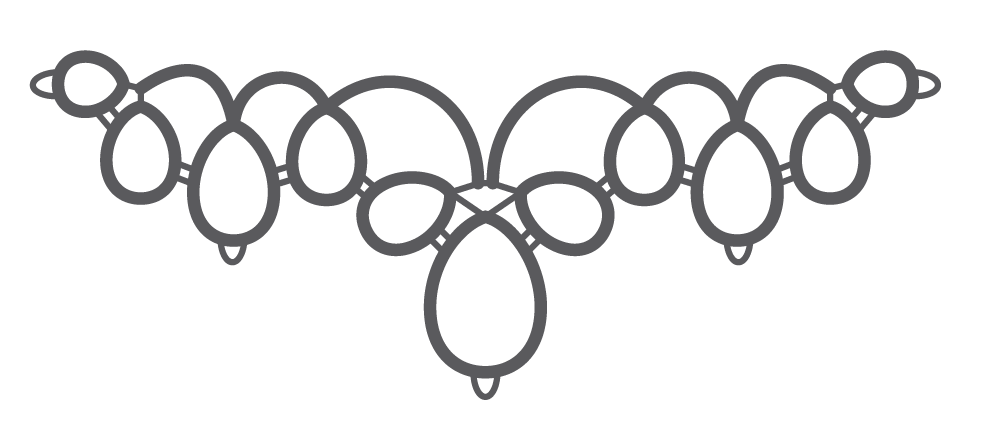I would like to caveat this post by saying I am not a lace historian! This article is merely my opinion on the subject, and there are many other wonderful folks who have done much more detailed research on the subject.
While tatting is often referred to as “early 19th century lacemaking”, the exact time and place of its inception as a craft has eluded historians. While the earliest written instruction of tatting was in 1843, in the Ladies Handbook of Millinery, Lacemaking, and Tatting, it’s clear that the craft existed well before this publication.
 "The Ladies' Handbook of Millinery, Dressmaking, and Tatting"
"The Ladies' Handbook of Millinery, Dressmaking, and Tatting"
Image Source
Those who, like me, learned the craft from the generations before them usually have theories passed down as well. The story I was told is that tatting originated among fisher-wives, who spent their days mending nets and their nights applying those skills to decorate their homes and dresses. And while there is no way to confirm the truth of this tale, aside from the similarity in the knots used for both skills, I’ve always felt that it was at least very likely that the craft did originate in the working class. Unlike the lacework that was more often seen in wealthy fashions, it requires little in the way of supplies, favoring a single cotton thread and a simple tool to hold it. In fact, many styles of early shuttles could have easily been carved from a scrap of wood or a bit of bone. And while I’m no historian, there is a certain kind of simplicity in working the thread that makes it well suited for busy lifestyles.

An example of early tatting. Image Source
Early examples of the craft were also very different from modern designs, featuring only a single thread instead of two as we often use now. Emphasis was placed on lots of picots and extra thread left between series of loosely joined rings. Joins were often made by sewing or knotting rings together after longer strands of rings were made, making the overall piece a lot softer and “floppier” then the sturdy pieces we’re familiar with now. The use of a second thread for chains and directly joining the work as you go didn’t happen until much later.

An example of modern tatting.
Note the difference in structure two threads provides.
While tatting is often labeled difficult to learn by modern standards, it’s actually very simple in comparison to many other needlecrafts. And it’s my opinion that the difficulty comes not from the craft itself, but from the lack of accessible information. In reality, tatting is quite simple, and no more difficult to learn than any other craft. After all, it’s just a bunch of knots in thread.

